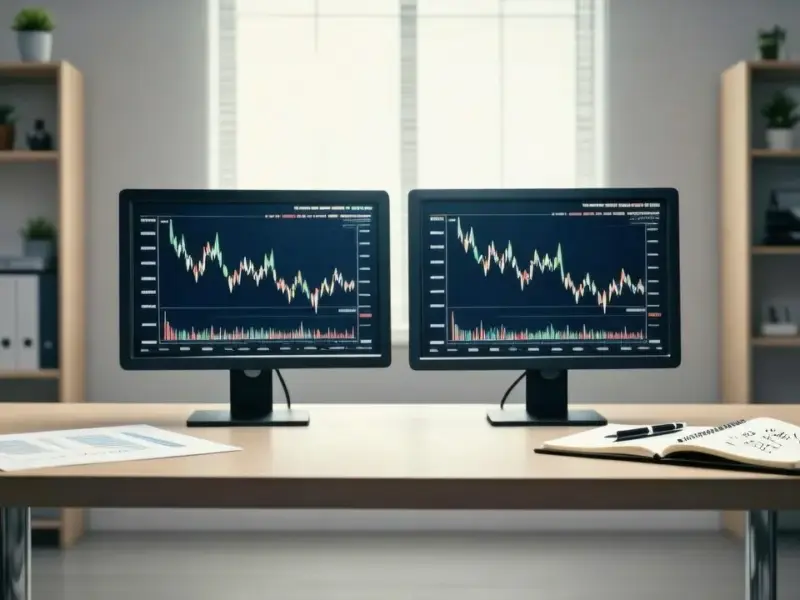According to Sifted, half of Europe’s decacorns—startups valued at over $10 billion—have been minted in 2025 alone, with four companies hitting that mark this year. Helsing raised €600 million at a €12 billion valuation in June after pivoting from battlefield AI software to autonomous strike drones. Mistral reached €11.7 billion after closing its €1.7 billion Series C in September with backing from ASML and Nvidia. Oura hit an $11 billion valuation in October after selling over 5.5 million smart rings and doubling revenue to $500 million in 2024. Bending Spoons secured $270 million at an $11 billion pre-money valuation in late October, expecting $1.2 billion revenue this year after acquiring products like WeTransfer and AOL.
Defense AI gold rush
Helsing’s valuation doubling to €12 billion in under a year is staggering. A four-year-old defense AI company suddenly becoming one of Europe‘s most valuable private tech companies? That’s the kind of trajectory that makes you wonder about sustainability. Defense tech is having its moment, sure, but we’ve seen how quickly government priorities can shift. And pivoting into autonomous strike drones—that’s moving from software into hardware, which is a completely different ball game with way more operational complexity. Here’s the thing: when defense spending eventually plateaus, will these valuations hold up?
AI hype meets reality
Mistral’s nearly €12 billion valuation feels like peak AI mania. They’ve raised nearly €2.8 billion total—that’s an insane amount of capital for a company founded in 2023. The participation from ASML and Nvidia gives them credibility, no question. But basically every major AI company is swimming in cash right now, and we haven’t seen how many will actually build sustainable businesses. Remember when everyone thought crypto companies were unstoppable? I’m seeing similar patterns here. The real test comes when the funding environment tightens and these companies need to prove they can generate profits, not just hype.
Hardware is hard
Oura’s story is fascinating because they’ve been around since 2013—this isn’t some overnight success. Selling 5.5 million rings is impressive, and doubling revenue to $500 million shows serious momentum. But hardware is brutally difficult to scale profitably. They’re targeting $1 billion in annual sales for 2025, which would mean another doubling. That’s ambitious for any company, let alone one making physical products with supply chain complexities and manufacturing constraints. And with Apple and Samsung pushing deeper into wearables, the competitive pressure is only going to intensify. Can they maintain that growth when the big tech giants really lean in?
Acquisition gambles
Bending Spoons’ strategy of buying established but struggling products like WeTransfer and AOL is… interesting. They’re expecting $1.2 billion revenue this year, which is substantial, but integrating multiple acquisitions while maintaining growth is notoriously difficult. The $2.8 billion in debt financing they just secured adds another layer of risk—that’s a lot of leverage for a tech company. And while their app portfolio approach might work in the short term, I wonder about the long-term defensibility. Are they building something cohesive, or just assembling a collection of assets? Time will tell if this model can sustain decacorn valuations.




